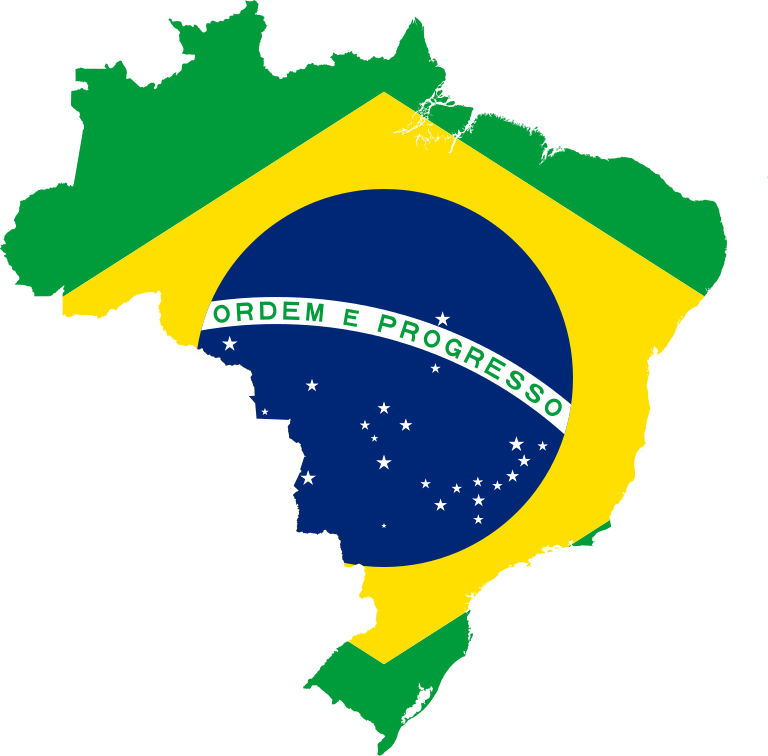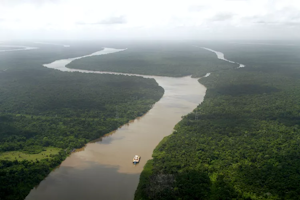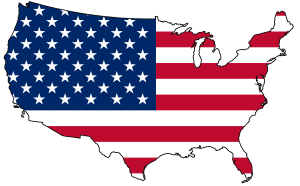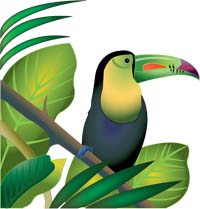Brazil -- School-age
Brazil
Official Name: República Federativa do Brasil, (Federative Republic of Brazil)
Government Type: Federative Republic
Capital: Brasilia
The largest city in Brazil is Sao Paulo. Rio de Janeiro is the second largest city in Brazil.
County's inhabitants: Brazilians
Abbreviation: BR, BRA
Official Language: Portuguese
Religion: Roman Catholic 52%, Protestant 26%
Population: 217 million (2024)
Ethnic Groups: mixed 45.3%, White 43.5%, Black 10.2%, Indigenous 0.6%, Asian 0.4% World Factbook
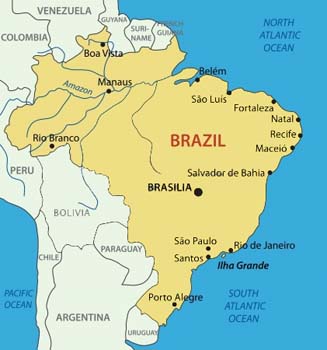
Brazil is the fifth largest country in the world and covers three time zones. It is the largest and most populous country in South America.
Brazil has a large coastline along the Atlantic Ocean, stretching 7491 km (4655 miles) in length.
Brazil has the world's second longest river, the Amazon (after the Nile).
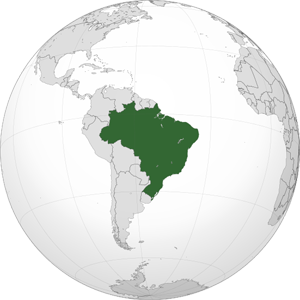
Brazil History
Brazil was added to the world map during European explorations of Portugal and Spain in the late 15th century. Pedro Álvares Cabral a Portuguese explorer and navigator was the first European to see Brazil in 1500. Brazil was part of the Portuguese Empire from the 16th to the early 19th century. Brazil became an independent country in 1822. In 1889 Brazil became a republic when Deodoro da Fonseca deposed Emperor Pedro II and reorganized the government.

Statue Pedro Álvares Cabral, Sao Paulo Brazil

The Brazil flag is green with a yellow diamond in the center. Inside the diamond is a blue globe with stars that make up the Southern Cross with some other constellations around it. The stars (constellations) on Brazil's flag was seen in Rio de Janeiro on the morning of 15 November 1889, the day the Brazilian Empire was replaced by a republic. Written in green is Ordem e Progresso ('Order and Progress').

